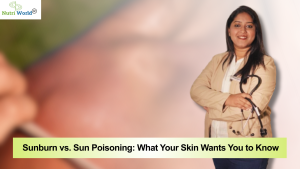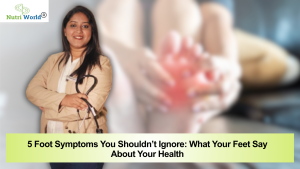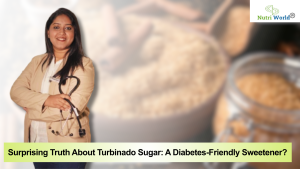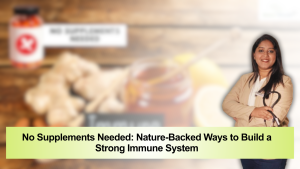We all love a bit of sunshine—until it leaves us red, sore, and peeling. But what if your sunburn feels more intense than usual? What if you’re nauseous, dizzy, and covered in blisters? You may not just be sunburned—you might be dealing with sun poisoning. Yes, it’s a real condition, and your skin’s not shy about showing it.
In this guide, we’ll break down sunburn vs. sun poisoning, helping you understand the difference, recognize the symptoms early, and learn how to treat and prevent both effectively.
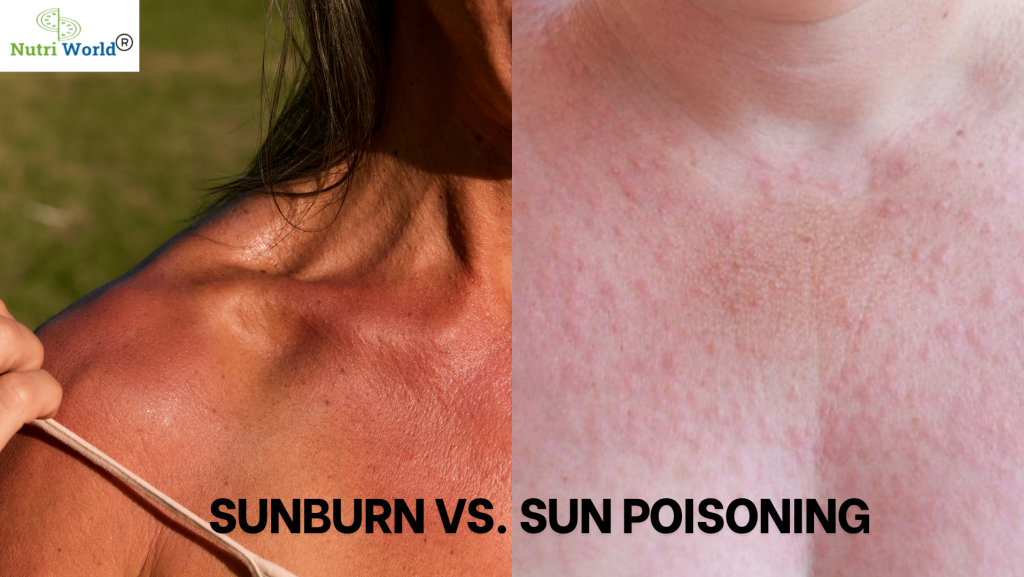
What Is a Sunburn?
Sunburn is a first-degree skin burn caused by prolonged exposure to ultraviolet (UVB) rays from the sun. It typically results in redness, pain, and peeling.
Common Symptoms:
- Red, inflamed skin
- Pain or tenderness
- Dryness and peeling after 2–3 days
- Mild swelling
- Itchiness
Sunburn usually resolves within 3–5 days with proper hydration and care. However, repeated sunburns can lead to premature aging and an increased risk of skin cancer.
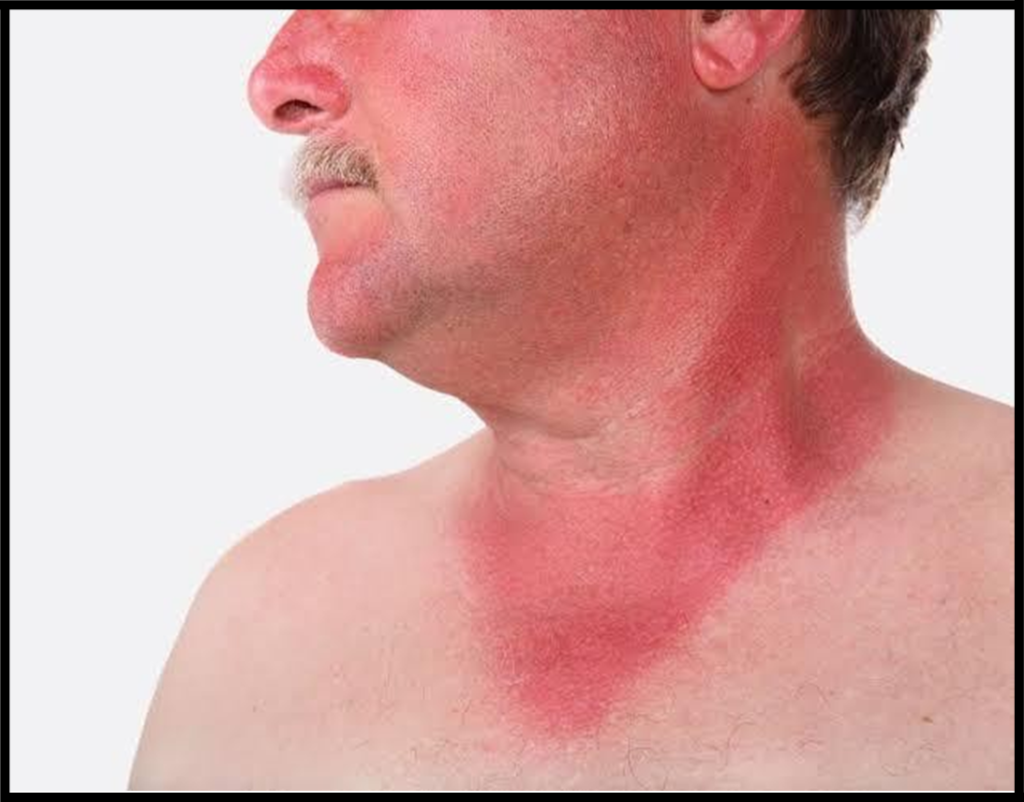
⏰ When Do Symptoms Appear?
Sunburn symptoms usually show up within 2 to 6 hours of sun exposure and peak around 24 to 48 hours later.
What Is Sun Poisoning?
Sun poisoning, often referred to as severe sunburn, is not actual poisoning but a serious inflammatory reaction of the skin and body to extreme UV exposure. It’s more than skin deep.
Warning Signs of Sun Poisoning:
- Severe redness and blistering
- Intense pain
- Headache and dizziness
- Fever or chills
- Nausea or vomiting
- Rapid heartbeat
- Dehydration
This reaction can last several days and may require medical intervention. It resembles heatstroke, and if ignored, can become a systemic issue.
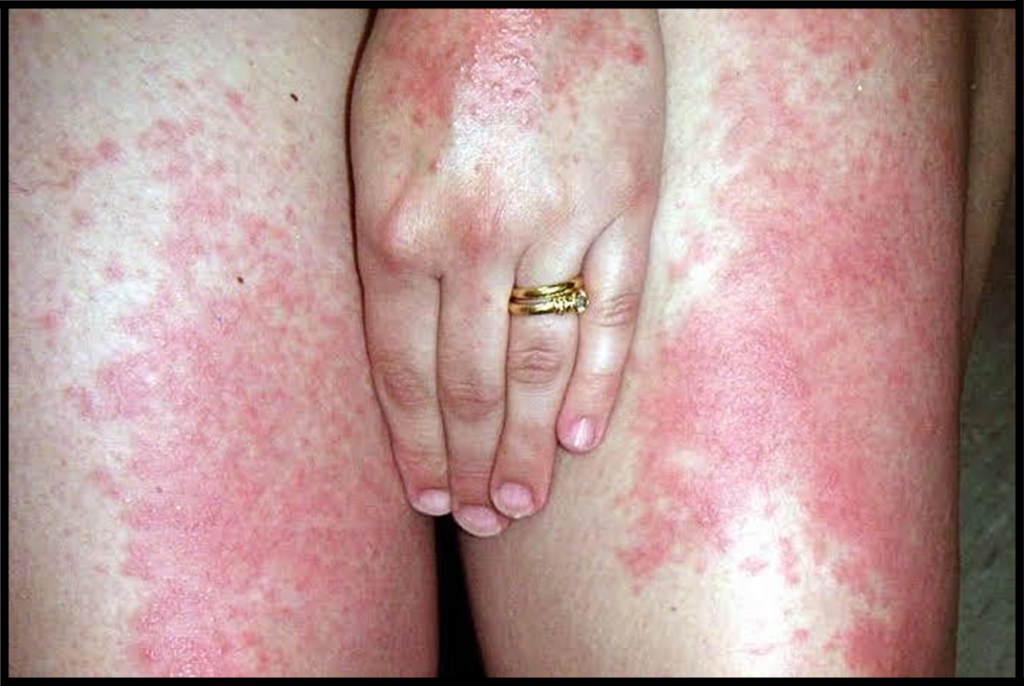
🧬 What Causes It?
- Prolonged exposure to strong UV rays (especially near water, snow, or sand)
- Not wearing adequate SPF protection
- Fair skin types are more susceptible
- Certain medications like antibiotics, diuretics, or retinoids can increase sensitivity
- Underlying health issues like lupus or photosensitivity disorders
Sunburn vs. Sun Poisoning: Spot the Difference
| Feature | Sunburn | Sun Poisoning |
|---|---|---|
| Skin appearance | Red, dry, warm | Red, inflamed, with blisters |
| Onset | 2–6 hours after exposure | Same, but with escalating symptoms |
| Systemic symptoms | Usually none | Yes – headache, nausea, fever, chills |
| Severity | Mild to moderate | Severe; may need medical help |
| Duration | 3–7 days | 1–2 weeks or more |
How Nutrition Helps Heal Sunburn and Sun Poisoning

The role of diet and nutrients in skin healing is often underrated. Your body needs certain vitamins, antioxidants, and hydration to repair damage caused by UV rays.
1. Vitamin C – Your Skin’s Repair Buddy
Vitamin C boosts collagen production, reduces inflammation, and speeds up recovery.
Sources:
- Amla (Indian gooseberry)
- Oranges, lemons
- Guava
- Red bell peppers
- Strawberries
Tip: Amla juice in the morning = natural skin defense + gut support.
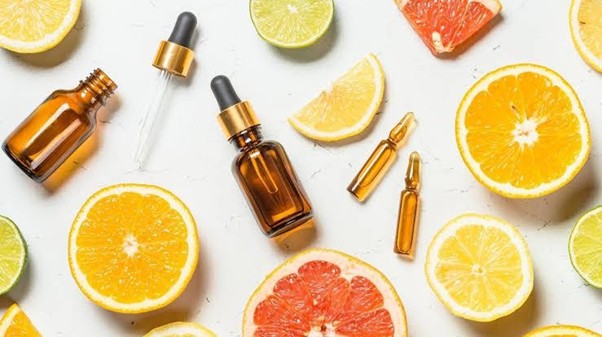
2. Vitamin E – For Skin Barrier Protection
Vitamin E acts as an antioxidant, protecting the skin from oxidative damage and supporting healing of burns.
Sources:
- Almonds
- Sunflower seeds
- Avocado
- Spinach
- Wheat germ oil
💡 Combine Vitamin E with Vitamin C for better collagen support.

3. Beta-Carotene – The Natural Sunscreen
Beta-carotene converts to Vitamin A, which strengthens skin tissues and reduces sun sensitivity.
Sources:
- Carrots
- Sweet potatoes
- Pumpkin
- Papaya
- Mango
🥗 Include these in smoothies or soups for an anti-inflammatory boost.
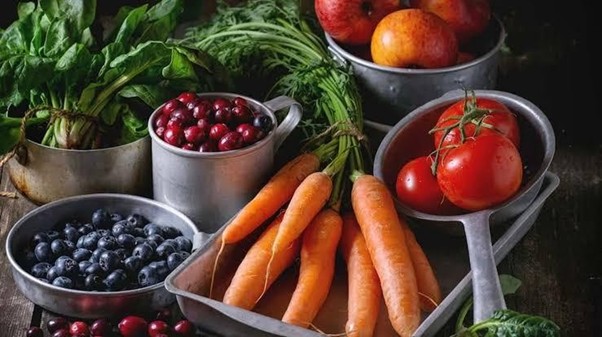
4. Lycopene – UV Shield in a Fruit
Lycopene reduces skin sensitivity to UV rays and protects against photoaging.
Sources:
- Tomatoes (cooked better than raw)
- Watermelon
- Pink guava
🍅 A tomato-based curry or soup during lunch supports internal UV defense.
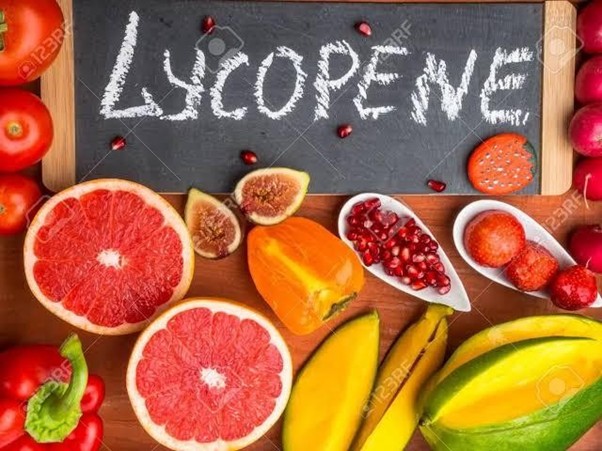
5. Omega-3 Fatty Acids – Anti-Inflammatory Essential
Omega-3s reduce skin inflammation and improve skin resilience.
Sources:
- Flaxseeds (roasted or ground)
- Walnuts
- Chia seeds
- Fish like salmon, sardines (if non-veg)
🥄 Add a spoon of ground flaxseed to your curd or smoothie bowl.

Hydration is Your First Line of Defense
UV exposure quickly dehydrates your skin and body. Elderly and children are more at risk of sun-related dehydration.
Fluids That Heal:
- Coconut water: Electrolyte-rich and cooling
- Bel (wood apple) sharbat: Prevents heatstroke
- Aloe vera juice: Heals from inside
- Cucumber-mint water: Replenishes lost fluids
🥤 Drink at least 2.5–3 liters of fluids daily during peak summer.
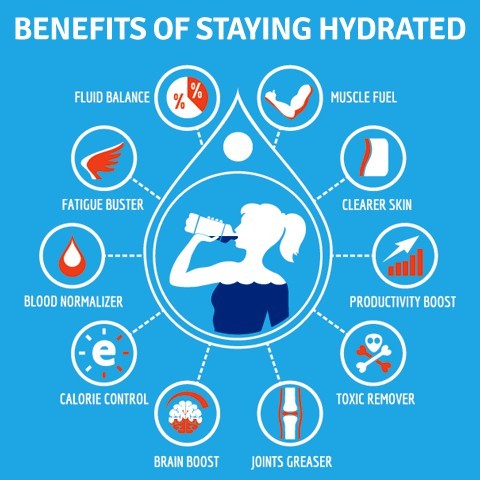
What to Avoid if Sunburnt or Sun Poisoned
- ❌ Fried, oily foods (increase inflammation)
- ❌ Excess sugar (slows down healing)
- ❌ Excess caffeine or alcohol (dehydrates skin)
- ❌ Spicy foods (can worsen inflammation)
Stick to cooling, sattvik foods like:
- Lauki (bottle gourd)
- Tori (ridge gourd)
- Mint, coriander
- Curd (if not sun-poisoned or feverish)
Home Remedies That Support Medical Care
These are not replacements for medication but can provide natural relief alongside treatment:
- Cold aloe vera gel: Soothes red, inflamed skin
- Cucumber slices or juice: Cooling and hydrating
- Raw potato slices: Reduce stinging
- Besan + rose water paste: Traditional soothing mask
Prevention is Always Better
Quick Sun Safety Tips:
- 🌿 Wear full sleeves and a wide-brim hat
- 🧴 Use broad-spectrum SPF 30+ sunscreen
- 🕙 Avoid sun exposure between 10 am – 4 pm
- 🥤 Stay hydrated and nourished
- 🍽 Eat antioxidant-rich meals
Conclusion:
Whether it’s a red patch that peels or a serious burn with fever, your skin is trying to communicate with you. Sunburn and sun poisoning may look similar at first, but the intensity and risk differ greatly. Along with sunscreen and smart clothing choices, nutrition plays a major role in building skin defense and accelerating recovery.
As a nutritionist, I always say—you can’t protect your skin without nourishing it from the inside.
FAQs
Q. Is sun poisoning dangerous?
Yes. It can lead to dehydration, heatstroke, or skin infections if left untreated.
Q. Can certain foods increase sun sensitivity?
Yes. Foods like celery, lime, and some medications can make your skin more photosensitive.
Q. Can I go out in the sun after eating tomatoes or citrus?
Yes—but always wear sunscreen. While citrus can increase sensitivity for some, lycopene in tomatoes is photoprotective.

Hi, I’m Dietitian Dipanwita Saha, A Clinical Dietitian & Nutripreneur and The Founder & Director of Nutri World. I believe healthy eating should be enjoyable, balanced, and free from guilt—not about strict rules or cutting out your favorite foods. My passion lies in helping people heal their relationship with food, especially those dealing with disordered eating. If you’re looking for a supportive, judgment-free space to nourish your body and mind, I’m here to help—let’s make food feel good again.

